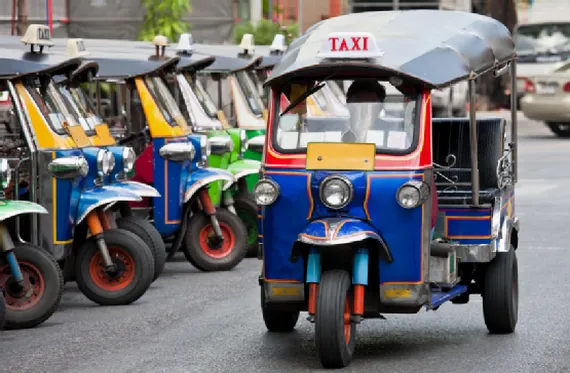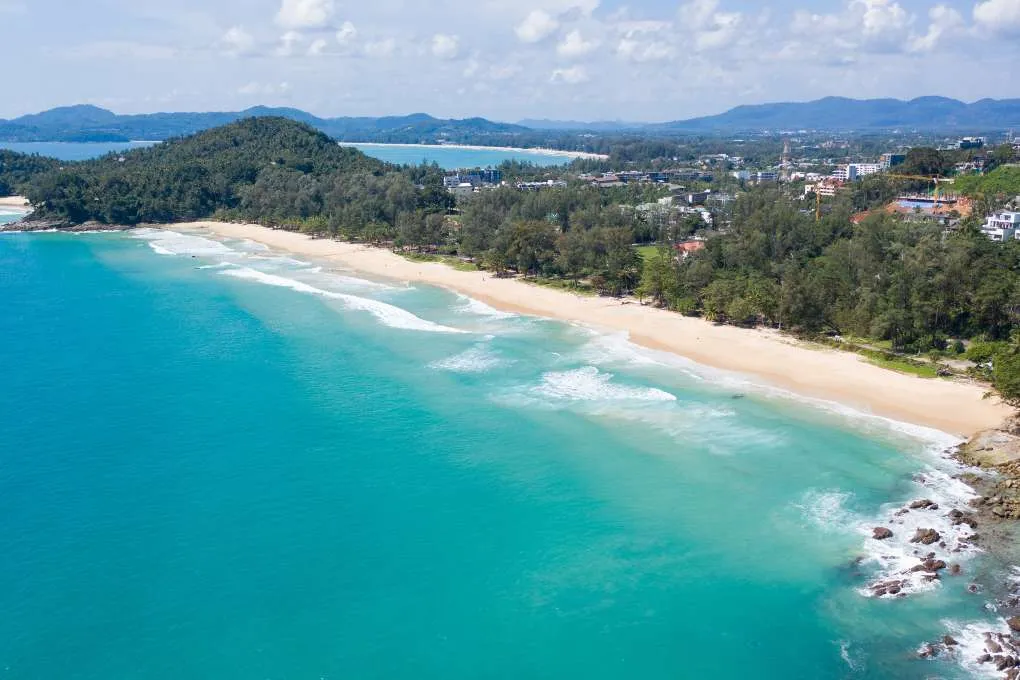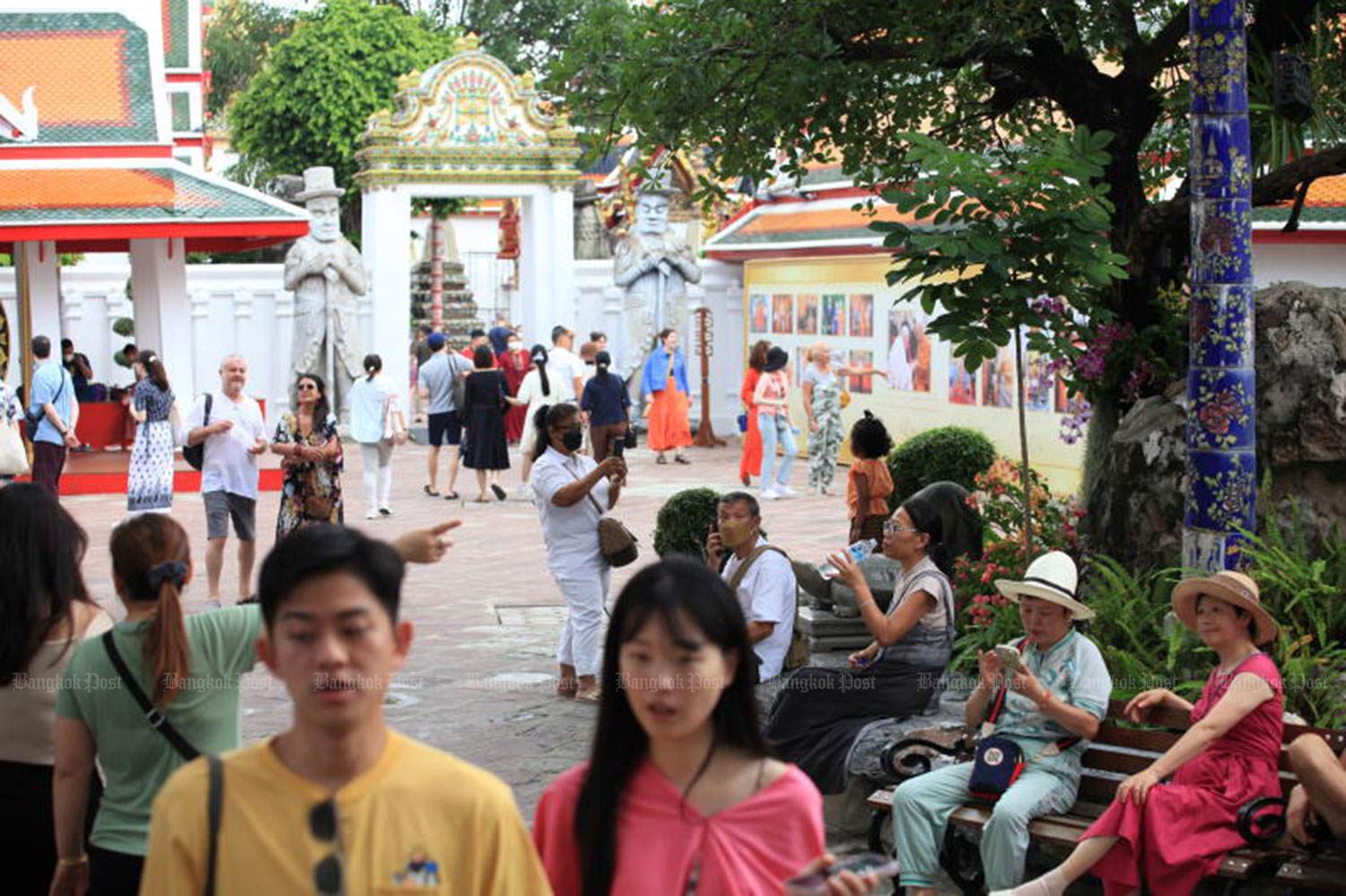How to Navigate Thailand’s Public Transportation System: A Complete Guide
Navigating Thailand’s public transportation system can be a breeze once you understand the options. From bustling cities like Bangkok to serene islands, Thailand offers a range of transportation choices that cater to all types of travelers. This guide will help you navigate the country efficiently while exploring its vibrant cities and peaceful countryside.
How to Navigate Thailand’s Public Transportation System
Whether you’re traveling across cities or within local neighborhoods, Thailand has an array of public transport options to make your journey convenient and affordable. Learn how to get around Thailand with ease.
Exploring Thailand by Train
Thailand’s railway network is a great way to travel across the country, offering scenic views and budget-friendly options.
Types of Trains in Thailand
- Express Trains: Faster and ideal for long distances, like the Bangkok to Chiang Mai route.
- Ordinary Trains: Slower but perfect for those on a tight budget.
- Sleeper Trains: Ideal for overnight journeys, offering sleeping berths for comfort.
How to Book Train Tickets
Tickets can be purchased online via the State Railway of Thailand website or at train stations. For popular routes, booking in advance is recommended, especially for sleeper trains.
Navigating Bangkok’s Public Transportation
Bangkok offers a variety of public transport options, from the modern Skytrain to the iconic tuk-tuks.
BTS Skytrain (Bangkok Mass Transit System)
The BTS Skytrain is an elevated train network that covers most of Bangkok’s major districts, making it a convenient and fast option for travelers.
- Operating Hours: 6 AM to midnight.
- Fares: Prices range from 16 to 59 THB depending on the distance. A Rabbit Card offers a cashless option for frequent travelers.
MRT Subway (Metropolitan Rapid Transit)
The MRT is an underground train system that complements the BTS, covering areas not serviced by the Skytrain.
- Key Routes: Runs through central Bangkok, connecting with the BTS at key interchange stations.
- Fares: 16 to 42 THB depending on the length of your journey.
Tuk-Tuks and Taxis
- Tuk-Tuks: These three-wheeled motorized vehicles are iconic in Bangkok. While fun, tuk-tuks can be more expensive than taxis, and it’s important to negotiate the fare before the ride.
- Taxis: Metered taxis are affordable in Thailand. Always ensure the driver uses the meter to avoid overcharging.
Traveling by Bus: Intercity and Local Options
Intercity Buses
Thailand’s intercity bus network is extensive and connects all major cities and provinces.
- Popular Bus Stations in Bangkok: Mo Chit (Northern and Northeastern routes), Ekkamai (Eastern routes), and Sai Tai Mai (Southern routes).
- Types of Buses: VIP buses offer more space and comfort, while standard buses are cheaper but more basic.
Local Buses
Local buses are the cheapest way to get around in cities like Bangkok, but they can be confusing for tourists due to language barriers and varying routes.
- Fare: 7-23 THB depending on the bus type (non-air-conditioned or air-conditioned).
- Tip: Use the Moovit app or ask locals for assistance with routes.
Ferries and Boats: Island Hopping and River Travel
Thailand’s islands and river systems make ferries and boats an essential mode of transport.
River Boats in Bangkok
The Chao Phraya Express Boat is a great way to see Bangkok’s riverside attractions.
- Stops: Major stops include Wat Arun, The Grand Palace, and Asiatique.
- Fare: Starts at 15 THB depending on the route.
Ferries to the Islands
If you’re heading to islands like Koh Samui, Phuket, or Koh Phi Phi, ferries are a must.
- Booking: Ferry tickets can be purchased at piers or online through services like 12Go Asia.
- Tip: Book early during peak seasons to ensure availability.
Domestic Flights: Fast Travel Between Cities
Thailand’s domestic airlines offer fast and affordable travel between cities and islands. Airlines like Thai Airways, Bangkok Airways, AirAsia, and Nok Air provide frequent flights.
When to Fly
- Ideal for long-distance routes like Bangkok to Chiang Mai or Bangkok to Phuket.
- Flights are also perfect if you’re short on time and need to maximize your itinerary.
Budget Airlines
Low-cost airlines like AirAsia and Nok Air offer frequent discounts and promotions, making flying an economical option.
Tips for Navigating Thailand’s Public Transportation
Language Barrier
While many transport staff can speak basic English, it’s helpful to learn a few Thai phrases or have your destination written in Thai to show drivers or conductors.
Apps to Use for Transportation
- Grab: The Southeast Asian equivalent of Uber, ideal for booking taxis and motorbike rides.
- Google Maps: Accurate for train and walking directions.
- 12Go Asia: Useful for booking buses, ferries, and trains.
Conclusion: Mastering Thailand’s Public Transport System
Thailand’s public transportation system is diverse and efficient, allowing tourists to explore the country easily. Whether you prefer taking the BTS in Bangkok, island hopping by ferry, or embarking on a scenic train journey, understanding the various transport options will ensure your travels are smooth and hassle-free.








